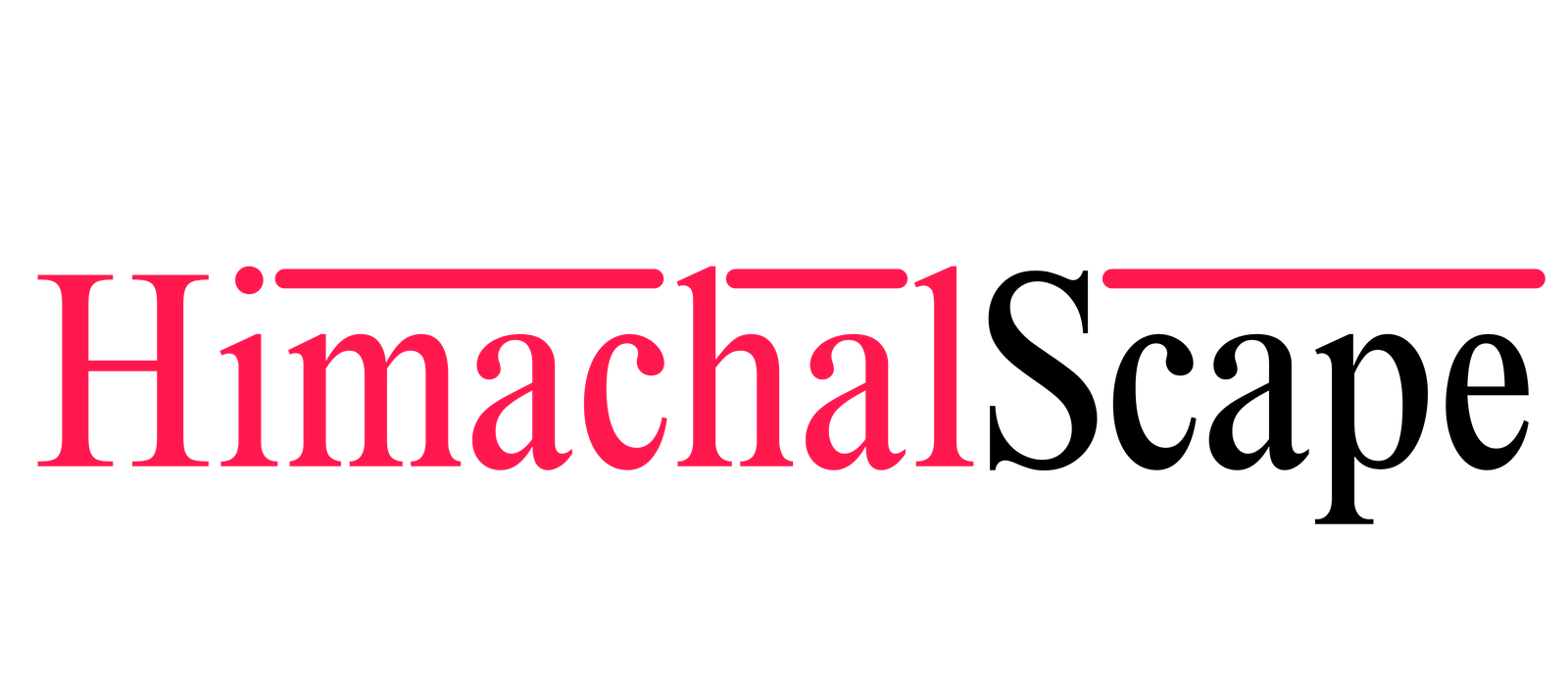NITI AAAYOG (National Institute for Transforming India) talked in media about taps running dry in Delhi, Hyderabad Madras and Bengaluru among 21 other cities in line with Cape Town in South Africa. This is based on a report that cites a Global Case study by 2020. After reading the reports I was forced to ponder on the parameters set by the experts and thereafter acceptability shown by the NITI Aayog.
It seems that NITI plans to work for transforming India but in which direction that is not mentioned in the name and hence the organization is coming up with these alarming statements creating panic in the minds of the people.¬Ý We expect the NITI Aayog to transform India in the direction of providing solutions that are sustainable. It should focus on economical self-sustaining solutions based on providing clean clear water using clean energy.
I was wondering about the source of these pessimistic untruthful revelations made by NITI AAYOG compiled by Amitabh Kant CEO, NITI Aayog, dated 12th June 2018. I had accepted that the source could be a CGWB or CWC or IIT or Indian University which are using public money to study and find sustainable solutions to solve the drinking water problem of the Nation. Contrary to this perusal of the report published by NITI Aayog is totally based on projections by McKinsey and Water Resources Group (WRG), Water & Related Statistics’, 2013; FAO & UNICEF, World Bank; WHO Global Health Observatory which puts a very dark picture of future India in 2030.
Ongoing through the 1st few pages of the report it became amply clear that the colonial mindset which considered the bible to be the ultimate truth formed the basis of the report.¬Ý Initial pages show a doomsday by 2030 as far as water in India is concerned. Few facts of the report are highlighted below which states that 600 million people face high-to-extreme water stress, 75% of households do not have drinking water on premise, 84% rural households do not have piped water access, 70% of our water is contaminated India is currently ranked 120 among 122 countries in the water quality index. Droughts are becoming more frequent, creating severe problems for India‚Äôs rain-dependent farmers (~53% of agriculture in India is rain fed).
¬ÝAs per the report where water is available, it is likely to be contaminated (up to 70% of our water supply) resulting in nearly 200,000 deaths each year. Source WHO Global health laboratory.
Interstate disagreements are on the rise, with seven major disputes currently raging, pointing to the fact that limited frameworks and institutions are in place for National water governance. Further in the projections made about demand and supply of water in India (forecast), 40% will have no water by 2040, 21 cities including Delhi Bangalore Chennai Hyderabad will run out of water by 2020 affecting 100 million population, source¬Ý CWE, FAO UNICEF , WRG , 5th MI Census, India.
Most states have achieved less than 50% of the total score in the augmentation of groundwater resources, highlighting the growing National crisis—54% of India’s groundwater wells are declining, source: WRI; World Bank.Further, 70% of states have also achieved scores of less than 50% on managing on-farm water effectively. Given the fact that agriculture accounts for 80% of all water use (source: National Commission for Integrated Water Resource Development, MoWR) this under-performance, as discussed in the analysis of low performance above, poses significant water and food security risks for the country. To add, states have also performed average on providing safe drinking water to rural areas.
Whereas Indian agencies primarily CWC; CGWB; CPCB and Census of India clearly highlight a single thing that one of the key challenge levers driving this crisis is the lack of water data systems in the country. That makes them limited in their coverage, robustness, and efficiency. limited data is available for several critical sectors such as domestic and industrial use. Data is only available at the aggregate level and lacks the level of detail required to inform policies and allocations and secondly it might be unreliable data: data that is available can often be of inferior quality, inconsistent, and unreliable due to use of outdated methodologies in data collection. For example, estimates on groundwater are mostly based on observation data from 55,000 wells, while there are 12 million wells in the country.
From the sources cited by the NITI AAAYOG it seems that the makers of the report still have a belief in false fabricated projections /reports for 2030 and 2040 by various International bodies like McKinsey and Water Resources Group (WRG), Water & Related Statistics’, 2013; FAO & UNICEF, World Bank; WHO Global Health Observatory. These bodies are trying to infuse the fear of depleting water resources in India by citing cases of California and the worsening water crisis in Cape Town, South Africa, with the city hovering dangerously close to ‘Day Zero’ (when it runs out of water), has caused water rationing and civil strife in the city, and has highlighted the risks and challenges that lie ahead for 21 Indian cities, including Delhi and Bangalore (Source: The Guardian; The Atlantic).
It is ironical that in the age of global warming some experts in NITI AAYOG are talking of NET ZERO in glacial fed perennial rivers of India. In my view, NITI has virtually become a mouthpiece of international foreign bodies which base their report on more assumptions and to suit their political needs. Today when the government is aggressively campaigning for ‘Make in India’ a preferred home for Investors, casual statements will definitely create fear in the minds of the investors.
Secondly,my opinion Nithi Aayog should have more faith in CWC, CGWB, and other Indian agencies which clearly states that due to ‚ÄòLACK OF DATA‚Äô nothing can be said with certainty. NITI Aayog instead of directing various national agencies to come up with a policy to collect data have perhaps believed the data fed¬Ý by the out of country agencies.
NITI AAYOG based their statements on projections made by global agencies whose data cannot be trusted completely. Which is clear from the fact that they were citing estimates on groundwater based on observation data from 55,000 wells, while there are 12 million wells in the country. Perhaps instead of overhauling National agencies for more accountability the NITI AAYOG least responsibly is becoming the mouth piece of western reports.
It would be a nice idea to come up with Composite Water Management Index (CWMI) to enable effective water management in Indian states and UTs to help in better management of their water resources on one hand and on the other try an evolve a system to not to pollute the water resources. We have enough water in India and if proper management and Swatch Water Mission introduced with whole heart and spirit then there will be¬Ý ‚ÄòNo water crisis‚Äô.
¬ÝFirst line of Executive Summary of NITI AAYOG Report needs to be changed. it states ‚ÄúIndia is suffering from the worst water crisis in its history and millions of lives and livelihoods are under threat‚Äù. India the blessed Nation where Water is, was and will always be in abundance. earlier we worshiped water bodies as our mother but in due course forgot this basic and started polluting it. Today we are facing certain issues due to the uncertainties associated with blindly following the west. Time has come to adopt the Swatch Bharat Mission and pledge to clean all the water bodies as and when they are passing near us. Not allowing anybody to pollute it. Turning Black waters blue is the answer and each of us has to work to do it.





